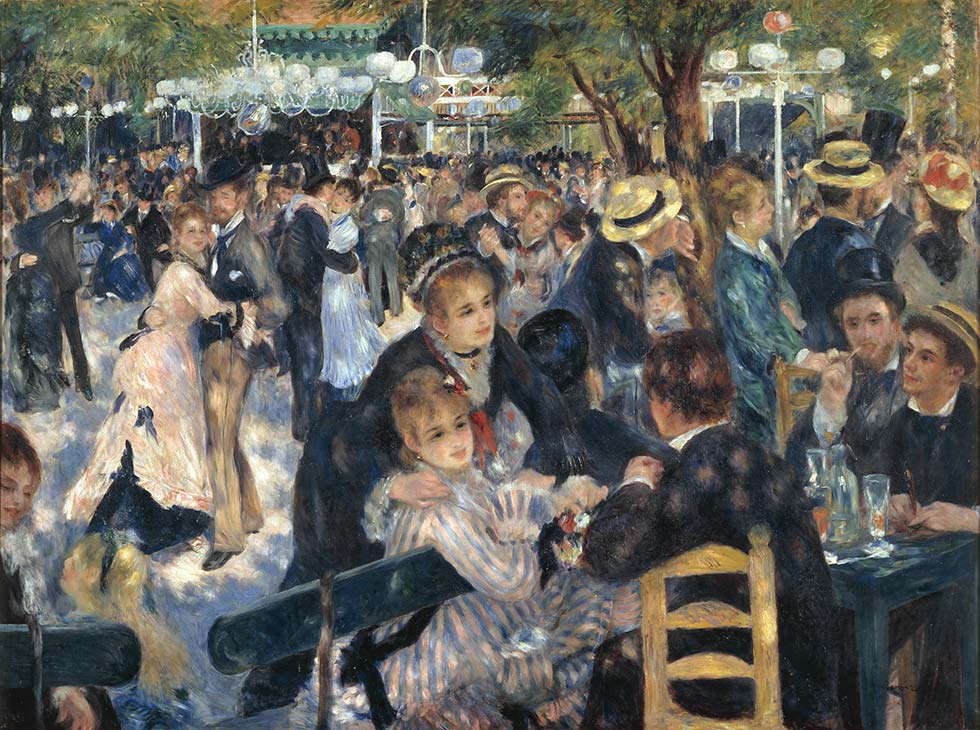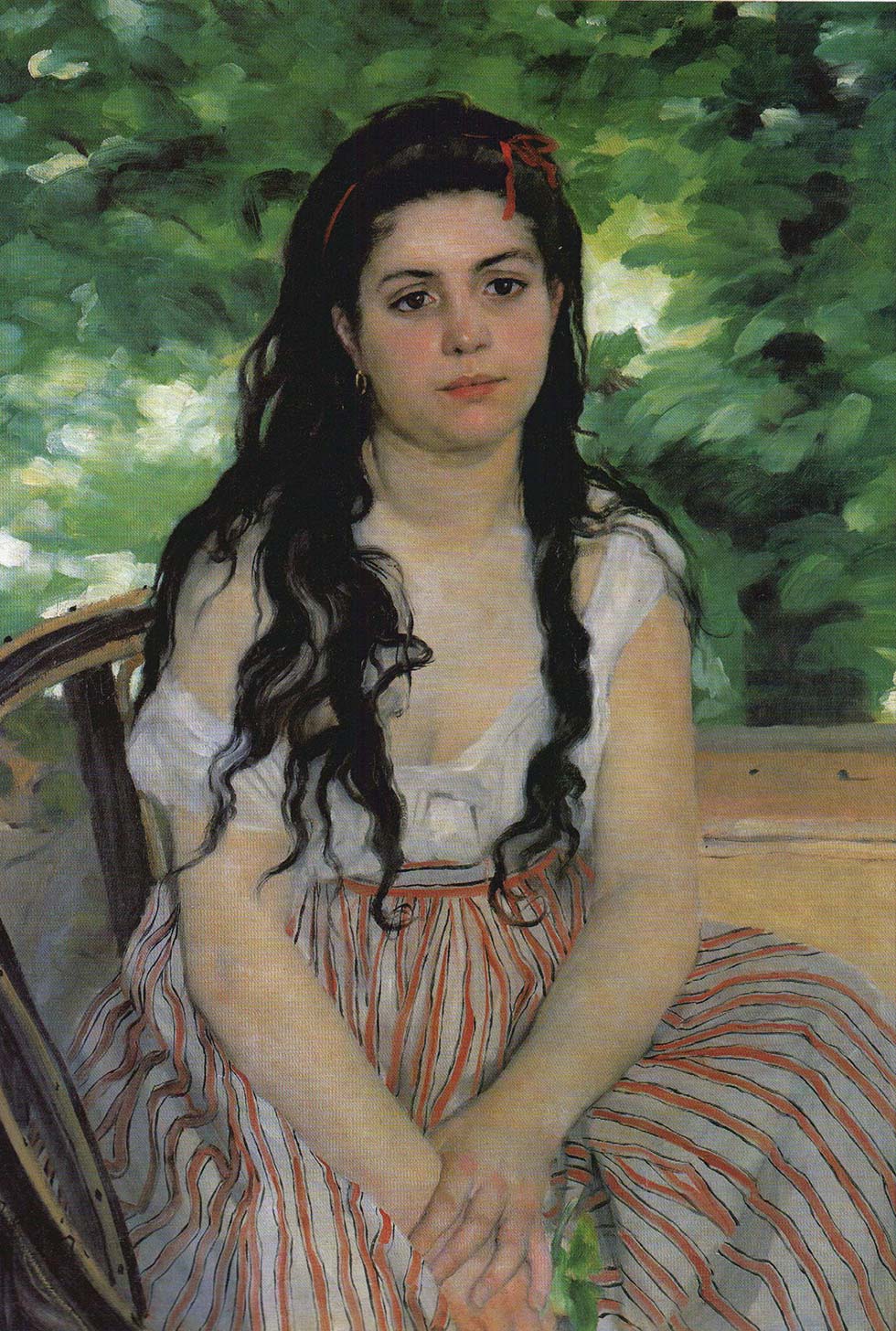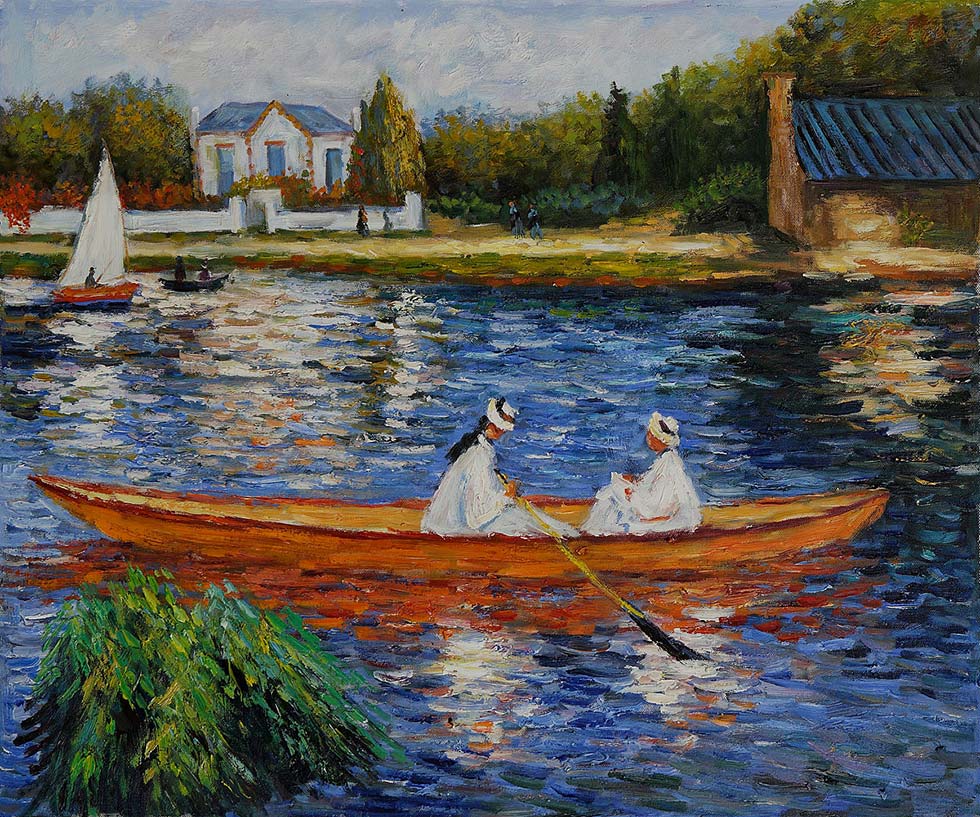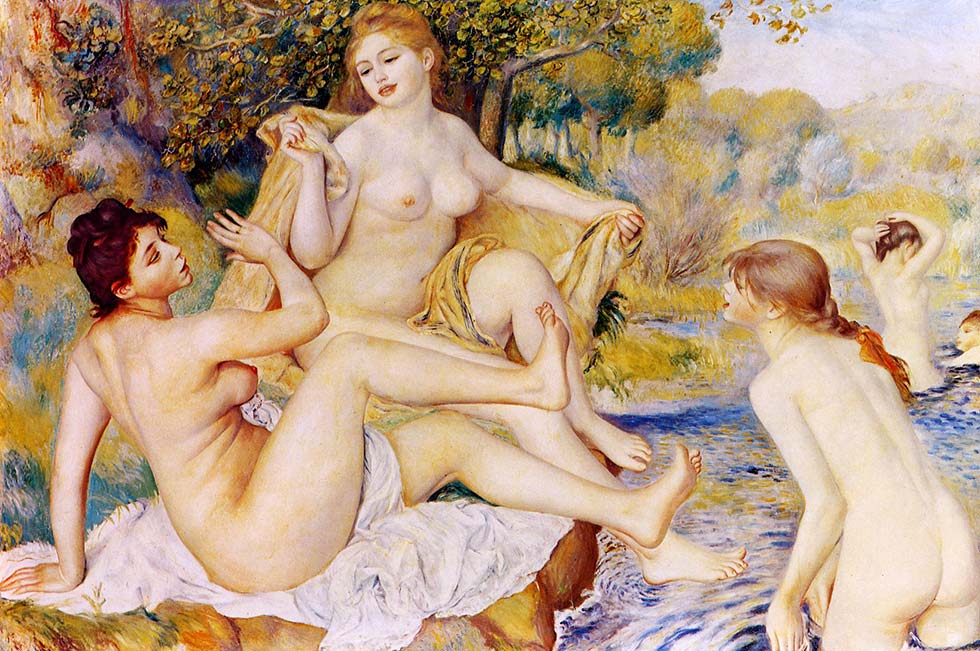A few months ago I got the chance to watch a nice french movie called "Renoir". I've got to admit I wish the movie would have been more about the artist rather than the relationship of his son with one of his models, nonetheless, it made me interested to know about someone whose work I always admired.
[su_youtube url="https://www.youtube.com/watch?v=MRRuRs_R9lA" width="980" height="740"]
Renoir is known as an artist that was driven by a great amount of passion, a passion he manifested through painting what he enjoyed most, his family, nature and the female figure. His passion for painting led him though moments of creative search, self-doubt and also brought him comfort in his later life as his health deteriorated. His impressive body of work reflect a great level of craftsmanship he earned from a very young age as he became an apprentice in a porcelain studio where learned to paint home décor products ranging from teapots, flower bases, blinds and fans. Had he not had a strong desire to become a painter, it is very likely that he would had been successful running a porcelain painting business all of his own, but we cannot know for sure since the industrial revolution brought a lot of uncertainty during his lifetime.

10 years after becoming an accomplished porcelain painter and saving as much as he could, he enrolled in the studio of Charles Gleyre, an established painter though whom he eventually would become friends with Bazille, Monet, Sisley and eventually get introduced to Pisarro, Cézanne and Courbet; who had a great influenced on him early on as a painting student. DUring this time, Renoir lived modestly but happy, in part to his relationship with Lise Tréhot, whom he painted about 20 times until she married someone else.

As he grew in confidence, Renoir and his colleagues began to seek opportunities to exhibit and take commissions, and for someone like him, with no fortune associated to his name, the only choice was to be accepted by the ‘salon’, a close circuit of art critics with a keen eye on classicism and had very little regard for Renoir and his friends. Though his paintings were accepted a number of times, in some other instances it was relegated and ignored. Eventually, those who appreciates his modern approach to painting began to request an alternative to the salon, but the government officials at the time refused to be part of it, and that in turn, led them to organize their first exhibition at their own expense, and the rest, as they say, is history.

Years later after he and the rest of the impressionist had their groundbraking exhibit, to celebrate his 40th birthday, Renoir traveled abroad to Algeria and Italy, which introduced him to the artworks of painting masters like Delacroix and Raphael; however, it was Pompeii what made strongest impression on the artist.
[su_youtube url="https://www.youtube.com/watch?v=SEzDiejb1a0" width="980" height="740"]
Through Raphael, Renoir began to admit his admiration for Ingres to the point that he began to concentrate a little more closely on figure drawing. Despite the success he enjoyed as an artist, Renoir was not exempt to self doubt, and during this stage, known as the Ingres period, he was quoted saying: “I am like a child at school, the white page must be neatly written, and so what happens, lo and behold, a blot of ink drops. I’m still at the blog stage-and I’m 40”.

With that said, I think Renoir didn’t want to be considered solely as an impressionist painter, in fact, I personally think he preferred to not be labeled just as such, though I’m sure he was fully aware of the important contribution he and his friends made to the art scene of his day, (and the art world there after), he simply wanted to represent nature as he saw it and felt it by concentrating on what held a special place in his heart: His family, Nature and the Female Figure.
Book reference: Pierre-August Renoir, Konecky & Konecky